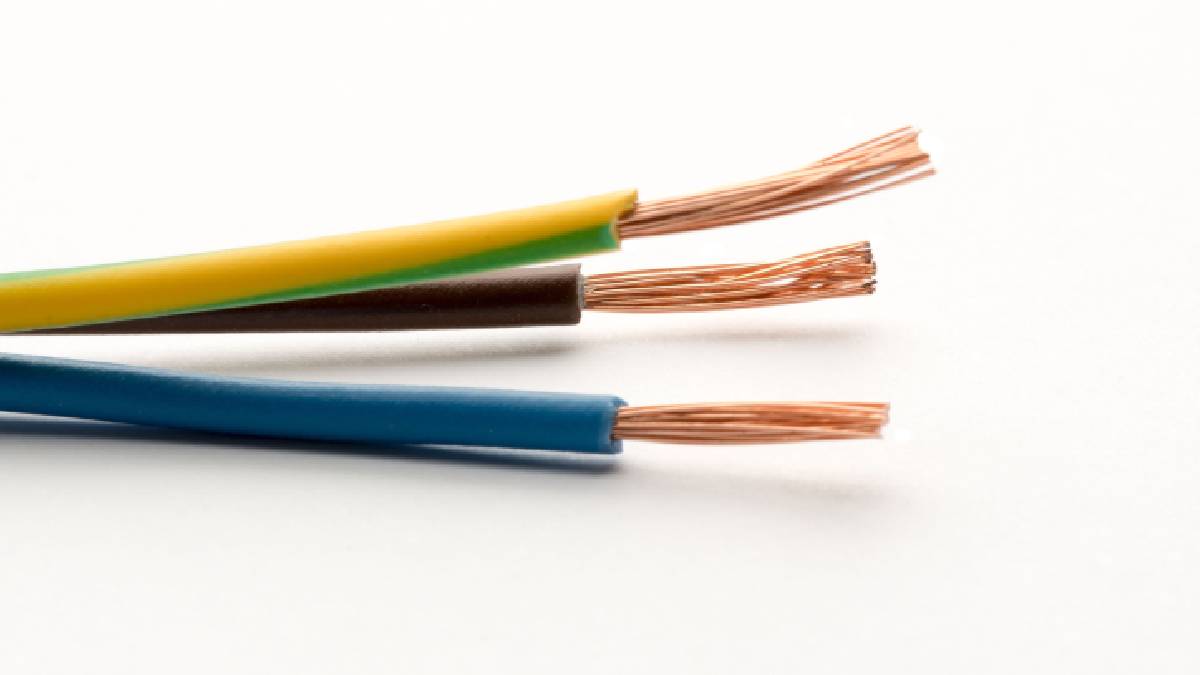Electrical wires come in various colors, and each color serves a specific purpose, helping electricians and homeowners identify the function of the wire. Knowing these color codes is essential for safe and effective electrical work. In this guide, we will explain the most common electric wire color codes, along with their purposes, and provide you with step-by-step instructions, materials, and measurements for identifying and using them correctly.
Materials and Measurements:
- Electrical Wires: You may need various electrical wires with different colors.
- Wire Strippers: To strip insulation from the wires.
- Electrical Tape: To mark and secure connections.
- Voltage Tester: For checking live wires.
Electric Wire Color Codes:
1. Black Wire:
- Purpose: Black wires are typically used for hot wires or live wires carrying electrical current from the source to a device.
- Measurement: There is no specific measurement for the color.
2. Red Wire:
- Purpose: Red wires are also used for hot wires and can be found in circuits that require a separate, dedicated line, such as 240-volt circuits.
- Measurement: Like black wires, there is no specific measurement for the color.
3. Blue Wire:
- Purpose: Blue wires are often used as a hot wire in three-way and four-way switch circuits.
- Measurement: No specific measurement for the color.
4. White Wire:
- Purpose: White wires are typically used as neutral wires, returning the electrical current to the source. They are commonly found in lighting and outlet circuits.
- Measurement: There is no specific measurement for the color.
5. Green Wire or Bare Copper Wire:
- Purpose: Green wires and bare copper wires serve as ground wires, providing a path for excess electrical current to safely dissipate into the ground.
- Measurement: No specific measurement for the color.
6. Yellow Wire:
- Purpose: Yellow wires are less common but may be used as a secondary hot wire in switch loops or for special applications.
- Measurement: No specific measurement for the color.
Step-by-Step Instructions:
Step 1: Identify the Wiring
- When working with electrical wiring, it is essential to identify the wires’ color and purpose. Consult your electrical plans or documentation, or use a voltage tester to determine whether a wire is live.
Step 2: Strip the Wire
- Use wire strippers to carefully strip the insulation from the wire ends if needed for making connections.
Step 3: Connect Wires Safely
- Follow safety guidelines and local electrical codes when connecting wires.
- Connect black wires to black wires, white wires to white wires, green or bare copper wires to ground, and so on.
Step 4: Use Electrical Tape
- Secure connections with electrical tape, ensuring they are properly insulated and protected.
Step 5: Testing
- After making connections, use a voltage tester to confirm the wires are live, neutral, or ground as intended.
Understanding electric wire color codes is crucial for safe and efficient electrical work. Always exercise caution and follow local electrical codes and safety measures when working with electrical wiring to prevent accidents and ensure your electrical systems function properly. If you are unsure about your wiring, consult a qualified electrician.




